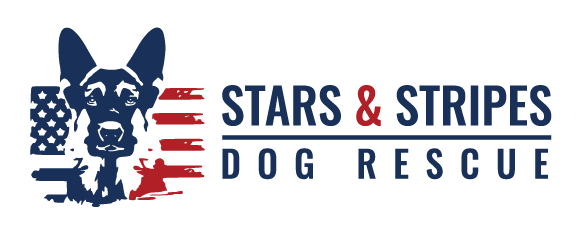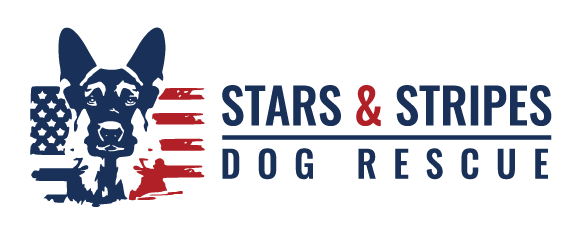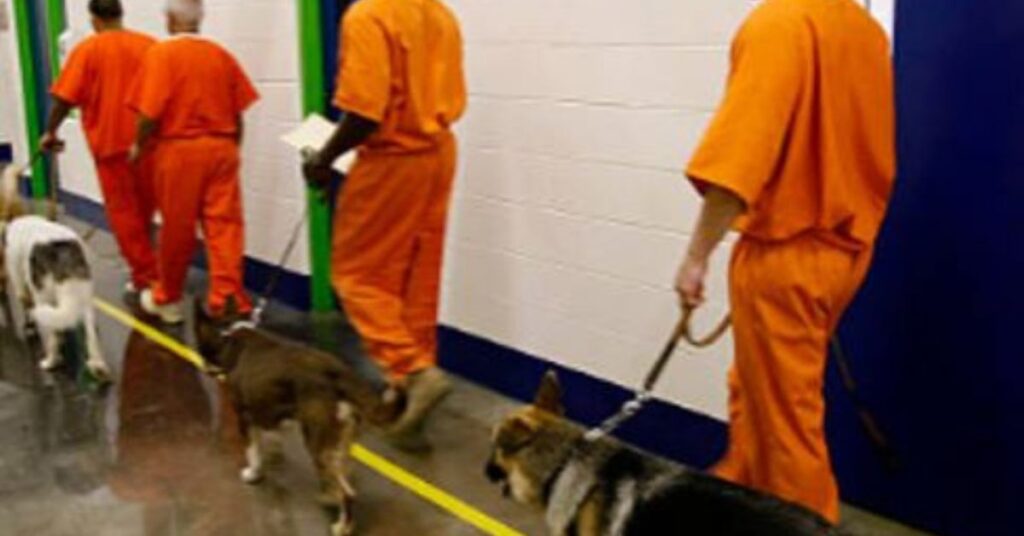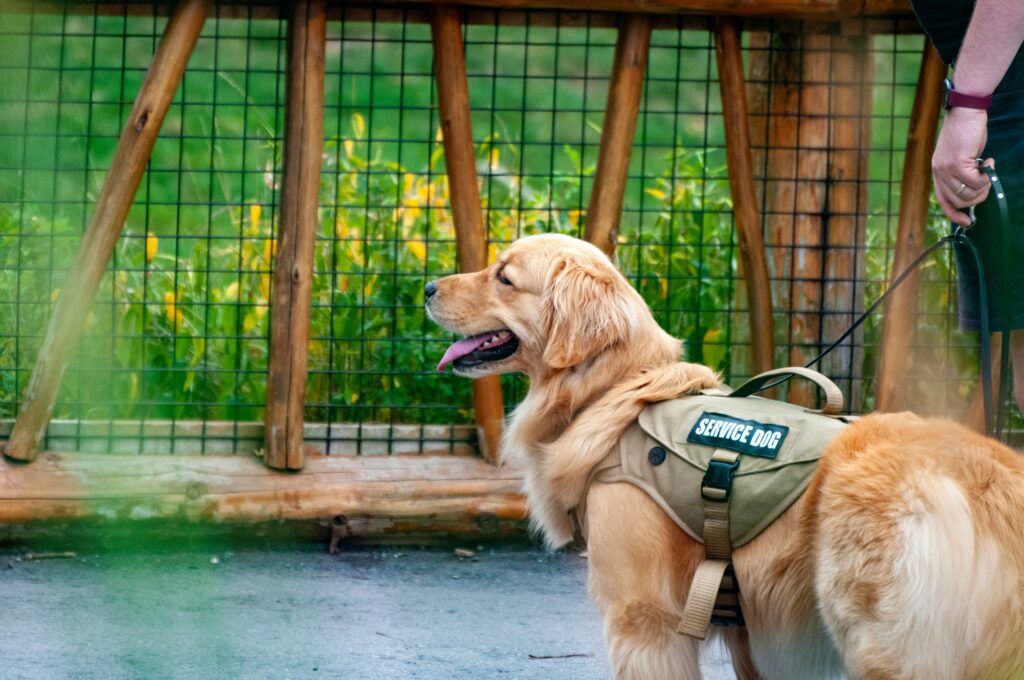Programs bringing our mission to life
Rescue & Rehabilitation: giving dogs a second chance
The first step in our journey is rescuing dogs from shelters where they face uncertain futures. These dogs come from a variety of backgrounds – many have experienced trauma or neglect. Our team evaluates each dog’s temperament and personality to determine their readiness for training. We then provide them with the care and rehabilitation needed to thrive in their new roles as emotional support or service companions for veterans.
Prison Dog Program
Our Prison Dog Program is a collaborative initiative between our organization and correctional institutions, where we place rescue dogs into structured training programs inside the prison system. Each dog is paired with a selected incarcerated trainer, who provides 24/7 care and participates in a formal training curriculum under the supervision of our professional team.
Program components
Graduation requirements
Before graduating from the program, all dogs must pass the AKC Canine Good Citizen (CGC) Test, demonstrating solid obedience, temperament, and social skills. From there, they continue advanced training toward becoming Psychiatric Service Dogs or Emotional Support Dogs, matched with a veteran from our waitlist after they pass the Public Access Test.
This program provides multiple layers of impact:
Adoption options
You can adopt one of these dogs after their graduation by completing an application. Not sure if you need a trained emotional support dog or a PTSD service dog? See which option fits your needs below.
Looking for an emotional support or fully trained PTSD dog?
Battle Buddy: veterans healing with their best friend
The Battle Buddy program is our entry-point community initiative designed to bring veterans and rescue dogs together in a relaxed, non-clinical environment. Held weekly, these group sessions include dog socialization, basic training exercises, and wellness-focused activities designed to build community, confidence, and trust.
This program is ideal for veterans who are considering adding a dog to their lives—or who already have a dog and want to explore whether that dog could be a good fit for Emotional Support or Service Dog work. Participants benefit from:
Whether you’re looking to strengthen the bond with your dog, find community with fellow veterans, or explore new ways to heal, this program offers a supportive path forward. No pressure, no prerequisites—just a safe space to grow together.
Service Dogs
When a veteran needs a service dog, trained to perform a task directly related to a PTSD disability, Stars & Stripes Dog Rescue works with the veteran in the service training and facilitates their successful completion of Public Access Training.
Trained service dogs provide life-saving benefits and have the right to go anywhere. Receiving a fully trained service dog comes with a high cost, an average nearing $50k, and this leads to difficulty in getting one. When we remove the training costs and empower veterans to participate in the training process, this creates lasting bonds that restore purpose, reduce isolation, and improve overall well-being.
These extraordinary dogs not only help mitigate the symptoms associated with PTSD, but they can also make it possible for sufferers to live more independently and with a higher quality of life. Beyond companion or emotional support animals, service dogs perform vital tasks such as:
Want to train your own dog?
The Service Dog Training program is a comprehensive training path for veterans who wish to be directly involved in the process of training their own dog as an Emotional Support Dog or Psychiatric Service Dog.
Whether the veteran already owns a dog or is matched with a carefully evaluated rescue dog through our network, this program provides:
If they have not already, dogs in this program work toward passing the AKC Canine Good Citizen (CGC) Test as a foundation of their training. Based on the veteran’s need and the dog’s temperament and ability, we help complete either Emotional Support Dog certification or task-trained Psychiatric Service Dog so they can pass the Public Access Test.
This program honors the leadership, independence, and resilience of our veterans by putting them in the driver’s seat of their own healing journey—with a trusted companion by their side. If you are interested, we invite you to take the next step. Submit an application to get started. Your journey toward healing and connection begins here.
Service Dog FAQs
(from ADA.gov)






